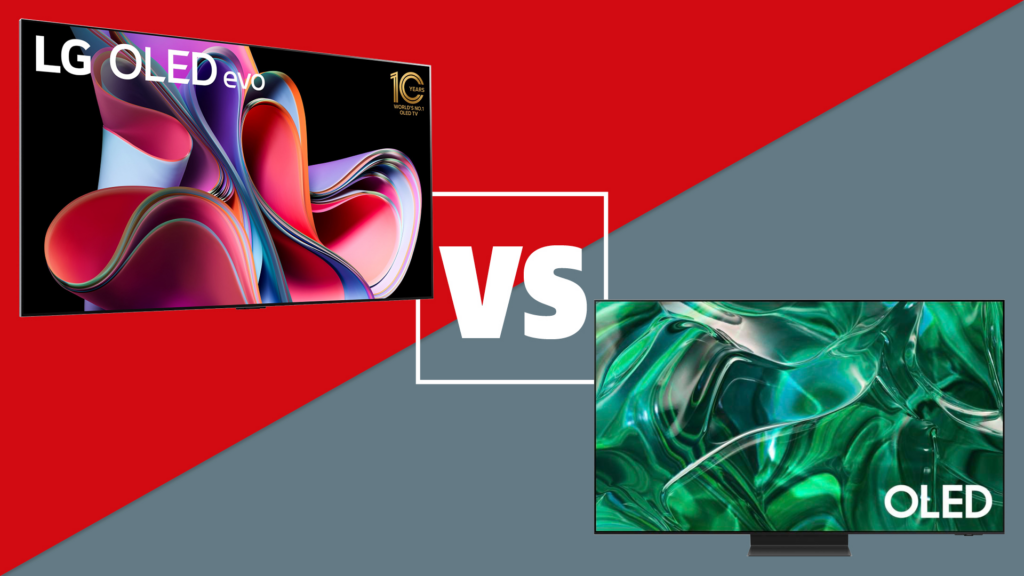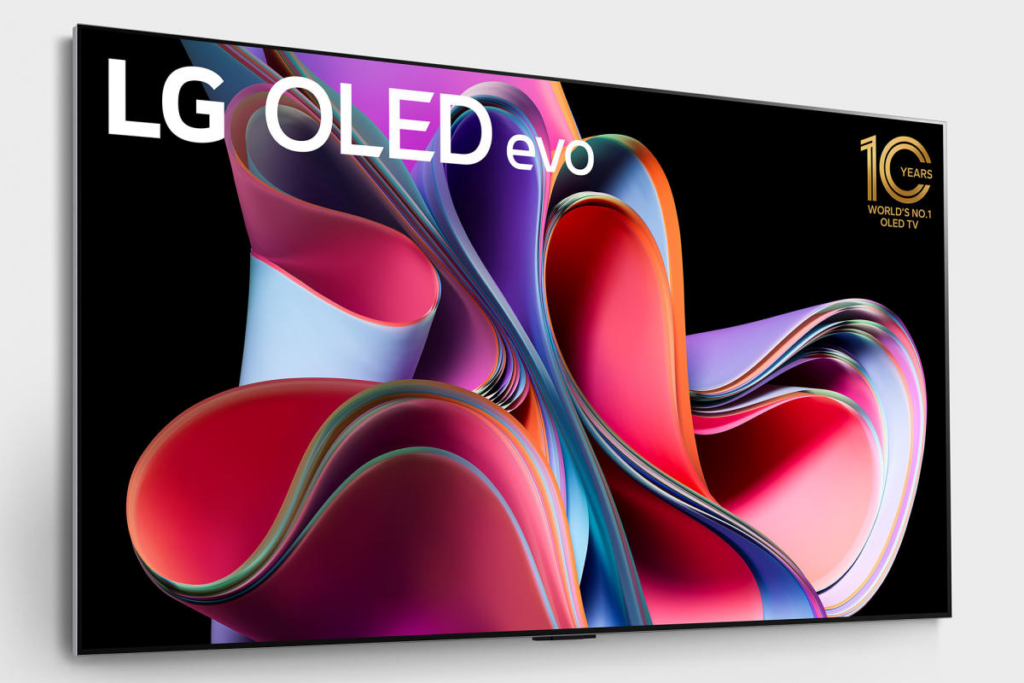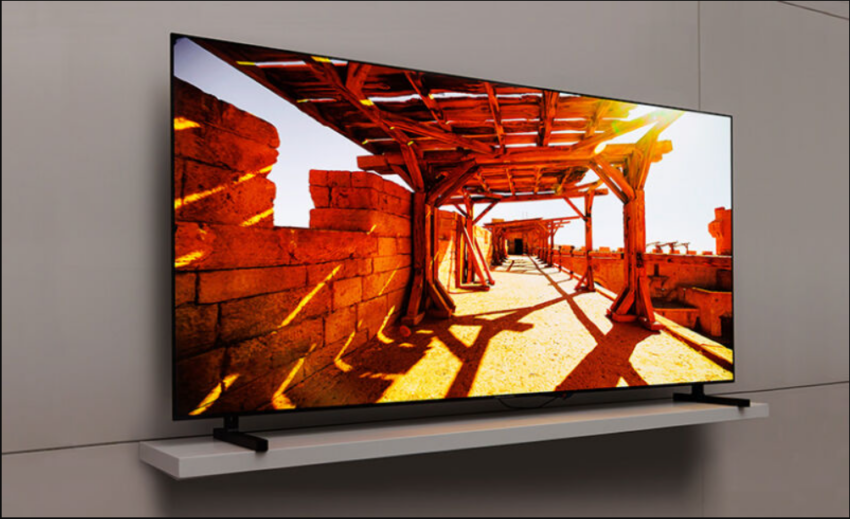Samsung and LG have had a rollercoaster ride. In 2021, they were close to a significant OLED panel sale, but in 2022, it appeared to fall through. In 2023, negotiations may continue.
Samsung Electronics and LG Display have begun talks on a contract that would see LG supply more than 200,000 white OLED (WOLED) panels to Samsung for a new range of Samsung-branded TVs that might ship in 2024, according to The Elec. It might be the start of a longer collaboration.
A couple of years ago, it was reported that the South Korean government initiated the negotiations in response to a global situation in which LCD panel-producing Chinese companies like BOE were driving up LCD panel prices, threatening Samsung’s TV dominance. Samsung was fighting with LG’s OLED focus by using LCD technology in its TVs.

Samsung and LG are being overcharged. It may be beneficial.
since of such market shifts and since OLED has a larger share of customers’ display expenditure than LCD, Samsung needs to diversify with OLED to assure its future success—at least until Micro LED becomes inexpensive.

LCD panels lack per-pixel emissivity, making it difficult to produce high contrast ratios and deep black depths. In recent years, Samsung and others have launched various advancements to solve these limitations, but OLED has earned critics’ favor.
OLED’s drawbacks remain. OLED panels are tougher to make bright than LCD screens, which is important for HDR highlights and bright-room viewing. OLED panels also burn-in. LG’s innovative OLED burn-in solutions are similar to Samsung’s efforts to improve LCD image quality. LG TVs may identify ever-present network logos and dim or relocate the pixels of certain sections of the screen in a way that you won’t notice but prevents pixels from burning in.
However, their answers aren’t absolute. Micro LED promises individually emissive pixels with great potential brightness, pure blacks, and no burn-in danger. Micro LED companies and academics have yet to make the technology inexpensive for the mainstream market.
To compete, Samsung needs ship more OLED TVs. Samsung would release new WOLED TVs over the next several years with LG’s help.
Samsung sells QD-OLED TVs. WOLED panels might replace LCD screens in the mid-range market, reducing the company’s dependence on Chinese LCD suppliers and providing it greater clout in negotiations.
Meanwhile, LG has suffered significant operational losses. The transaction may help LG reduce that gap.

